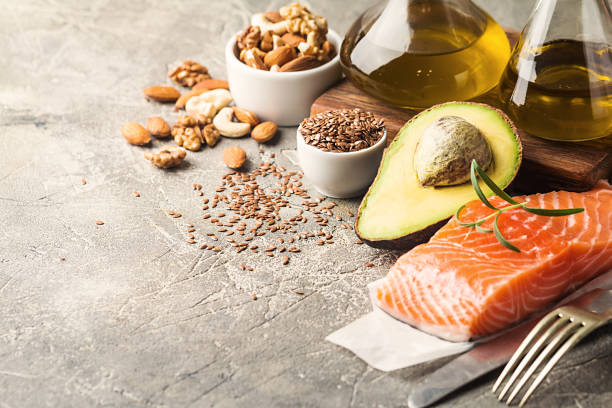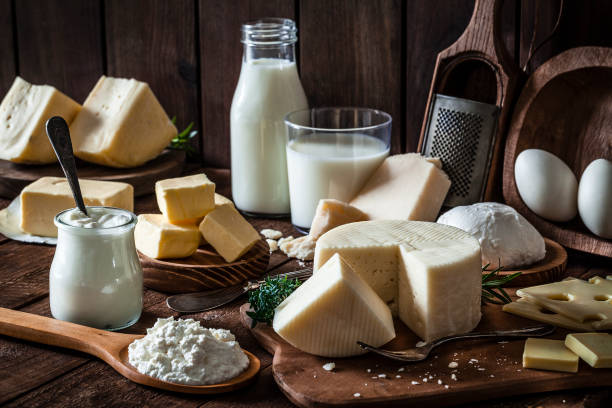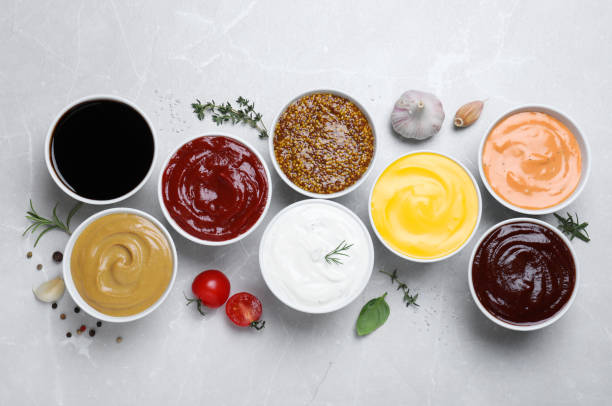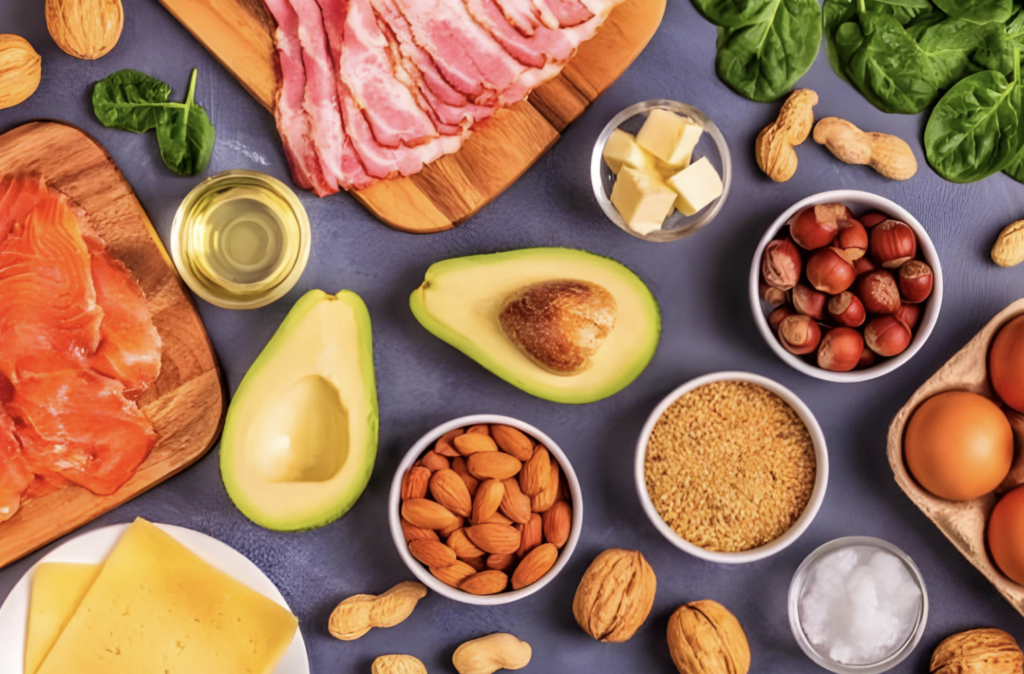What to Eat and Drink
A Comprehensive Guide to Keto-Friendly Foods
The Ketogenic Diet, or “Keto,” is a dietary plan that is becoming more and more well-liked due to its ability to improve metabolic health and aid in weight loss. This strategy focuses on eating meals high in healthy fats, moderate in protein, and low in carbs. Now that you know what makes up a normal ketogenic diet, let me walk you through it and provide you a road map for starting your life-changing path towards better health and energy.

1. Healthy Fats:
Healthy fats are essential components of a balanced diet, providing vital nutrients and supporting various bodily functions. Examples of healthy fats commonly embraced in the Keto lifestyle include:
- Avocado: Rich in monounsaturated fats, avocados are not only delicious and creamy, but they also help protect the heart.
- Olive Oil: An essential component of Mediterranean diets, olive oil is high in antioxidants and monounsaturated fats, and it has a delicious flavor in addition to its health advantages.
- Coconut Oil: Preferred for its rapid energy conversion and possible metabolic benefits, coconut oil is a source of medium-chain triglycerides (MCTs).
- Nuts and Seeds: Walnuts, almonds, chia seeds, and flaxseeds are a great way to get fiber, important nutrients, and healthy fats.
- Fatty Fish: Rich in omega-3 fatty acids, which promote brain function and lower inflammation, salmon, mackerel, and sardines are good sources of fat.
- Grass-Fed Butter and Ghee: Dairy products that offer a rich taste and healthful saturated fats to food.
- Cheese: Moderate eating of some cheeses provides necessary minerals, protein, and healthy fats.

2. Proteins:
In the ketogenic diet, proteins are vital. They provide essential amino acids for the body’s functions. Here’s a breakdown of protein sources:
- Lean Meats (e.g., chicken, turkey, lean beef): High in protein but low in carbohydrates. Adaptable and able to be prepared in several ways.
- Fatty Cuts of Meat (e.g., bacon, pork belly, sausage): Provide the body with both protein and fat, assisting it in entering ketosis (the state in which the body burns fat for energy). For a diet that is well-rounded, balance with other protein sources.
- Fish and Seafood (e.g., salmon, mackerel, shrimp): Great sources of protein and healthful fats, particularly omega-3s. provides a variety of minerals and health advantages.
- Eggs (preferably pasture-raised): Strong in excellent protein and lipids and packed with nutrients. a dish that is adaptable and has several preparation methods.
- Tofu and Tempeh for Vegetarians and Vegans: Plant-based protein alternatives include tempeh and tofu. When cooking, tofu is versatile, and tempeh offers both protein and probiotics.

3. Non-Starchy Vegetables:
These veggies, full of fiber and nutrients, enhance the Ketogenic Diet:
- Leafy Greens (e.g., spinach, kale, arugula): Low in carbohydrates and high in vitamins and minerals. Excellent with cooked foods or salads.
- Cruciferous Vegetables (e.g., broccoli, cauliflower, Brussels sprouts): Low in carbohydrates and high in fiber. Offer vital nutrients and spice up your meals.
- Zucchini: A multipurpose vegetable with low carb content. can be added to a variety of recipes.
- Cucumbers: Low in carbohydrates and refreshing. Great as a crispy snack or in salads.
- Bell Peppers (in moderation): Adds taste and color, but watch out for the carbs. Best used sparingly.
4. Low-Carb Fruits (in moderation):
While fruits can have natural sugars, these Keto-friendly options are:
- Avocados (technically a fruit): Offer good lipids and few carbohydrates. Adaptable to savory and sweet recipes.
- Berries (e.g., strawberries, blackberries, raspberries): High in antioxidants and low in carbohydrates, such as raspberries, blackberries, and strawberries. Sweeten without raising blood sugar levels.

5. Dairy (in moderation, and choose full-fat options):
Dairy can be part of the plan when chosen wisely:
- Cheese (e.g., cheddar, mozzarella, cream cheese): Rich in fats, low in carbs. Adds flavor and texture to various dishes.
- Greek Yogurt: Has less carbohydrates and more fat than conventional yogurt. supplies protein and probiotics.
- Heavy Cream: A full-fat substitute for cooking or coffee. gives without adding any carbohydrates.
6. Nuts and Seeds (in moderation):
Enjoy these nutritious options, but be mindful of their relatively higher carb content:
- Almonds, Walnuts, Pecans, and Macadamia Nuts: Excellent providers of protein and good fats. Ideal as a snack or to add crunch to food.
- Chia Seeds, Flaxseeds, and Hemp Seeds: Rich in healthy fats, fiber, and some protein. Great for adding to smoothies, yogurt, or as toppings.

7. Herbs, Spices, and Seasonings:
Enhance the taste of your Keto meals with a variety of flavors:
- Salt, Pepper: Basic seasonings that add simple yet essential flavors to dishes.
- Assortment of Herbs and Spices: Elevate taste without adding carbs. Options include basil, oregano, thyme, cumin, paprika, and more.
8. Beverages:
Stay hydrated with these Keto-friendly options:
- Water (plain or sparkling): Essential for hydration without any carbs.
- Coffee (preferably black or with a small amount of cream): A low-carb option for a morning boost.
- Tea (unsweetened): A variety of unsweetened teas can be enjoyed without adding carbs.
9. Sweeteners (used sparingly):
Satisfy your sweet tooth with these Keto-approved sweeteners:
- Stevia: A sugar substitute made naturally from the stevia plant that has no calories. It is used sparingly, tastes considerably sweeter than sugar, and doesn’t cause blood sugar levels to rise.
- Erythritol: Sugar alcohol with a sweet flavor. It is well tolerated, low in calories and carbohydrates, and has no effect on blood sugar levels.
- Monk Fruit: A sugar substitute that has no calories or carbohydrates, monk fruit is taken from melon native to Southeast Asia. Due of its extreme sweetness, it is frequently combined with other sweeteners.
- Xylitol: A sugar alcohol obtained from birch trees that has a sweetness comparable to sugar. Although it has a low glycemic index, pet owners are recommended to exercise caution as it may be hazardous to dogs.
- Allulose: An uncommon natural sugar present in certain meals. It tastes and feels like sugar, but it has a lot less calories. It doesn’t cause a blood sugar surge.

10. Condiments and Sauces (check labels for added sugars):
Enhance your keto meals with these approved options:
- Mustard: Adds taste without adding carbohydrates. Look for sugar additives in some types.
- Mayonnaise: A high-fat, low-carb condiment. Select high-fat options and look for added sweeteners.
- Hot Sauce: Offers flavor without gaining weight. Look for any unexpected sugars on labels.
- Soy Sauce (in moderation): Use soy sauce sparingly because it contains a lot of salt. It’s a tasty alternative. Select low-sodium options and pay attention to the amount of carbohydrates.
- Low-Carb Salad Dressings: Select dressings with no added sugar and few carbohydrates. Premade dishes that use vinegar and olive oil are frequently excellent selections.
Dive into the world of quality fats like avocados and get the lowdown on beverages, sweeteners, and condiments that add flavor without the carb overload. Just a heads up—check those condiment labels for sneaky sugars. This guide is like your trusty sidekick, making ketogenice diet choices a breeze and keeping your meals tasty and satisfying. So, if you’re navigating the keto path, think of this guide as your friendly companion, making sure you enjoy the journey and stay true to the keto way. Happy eating!



